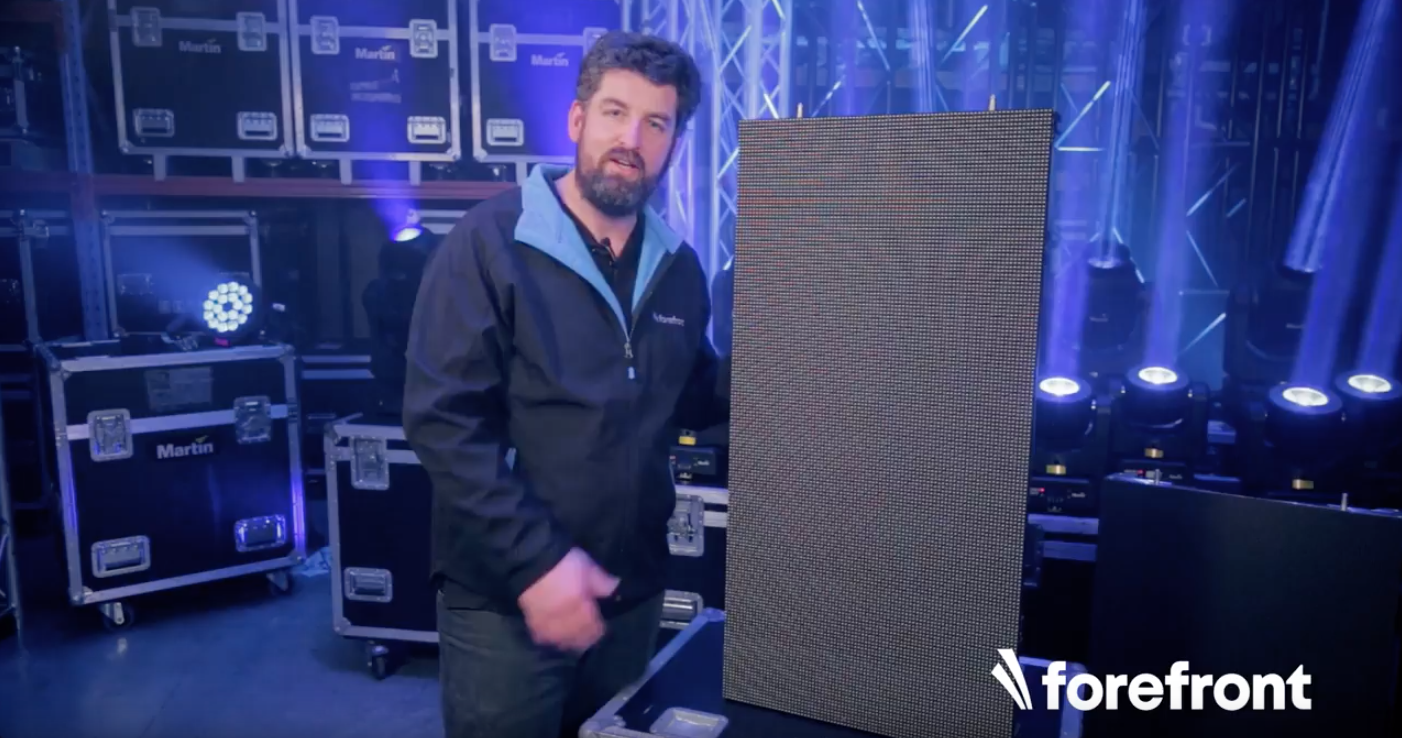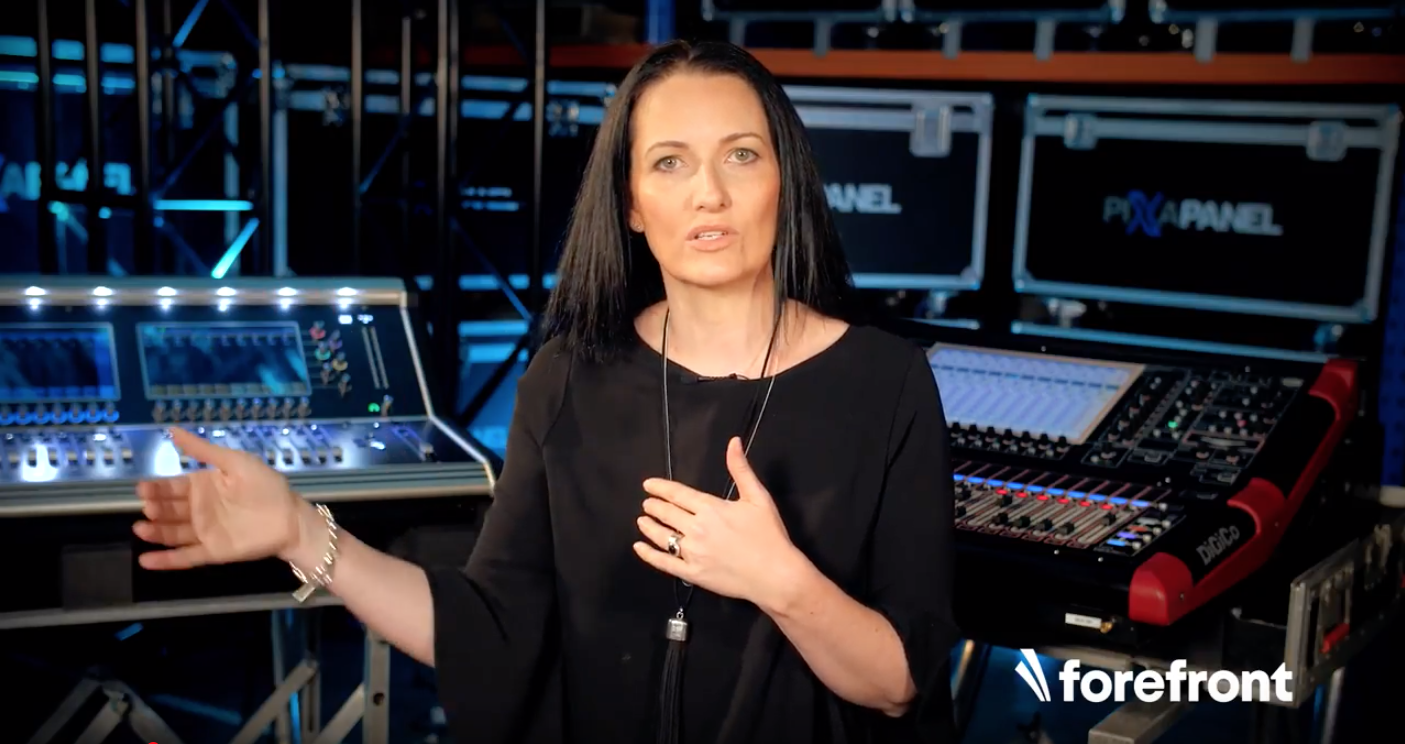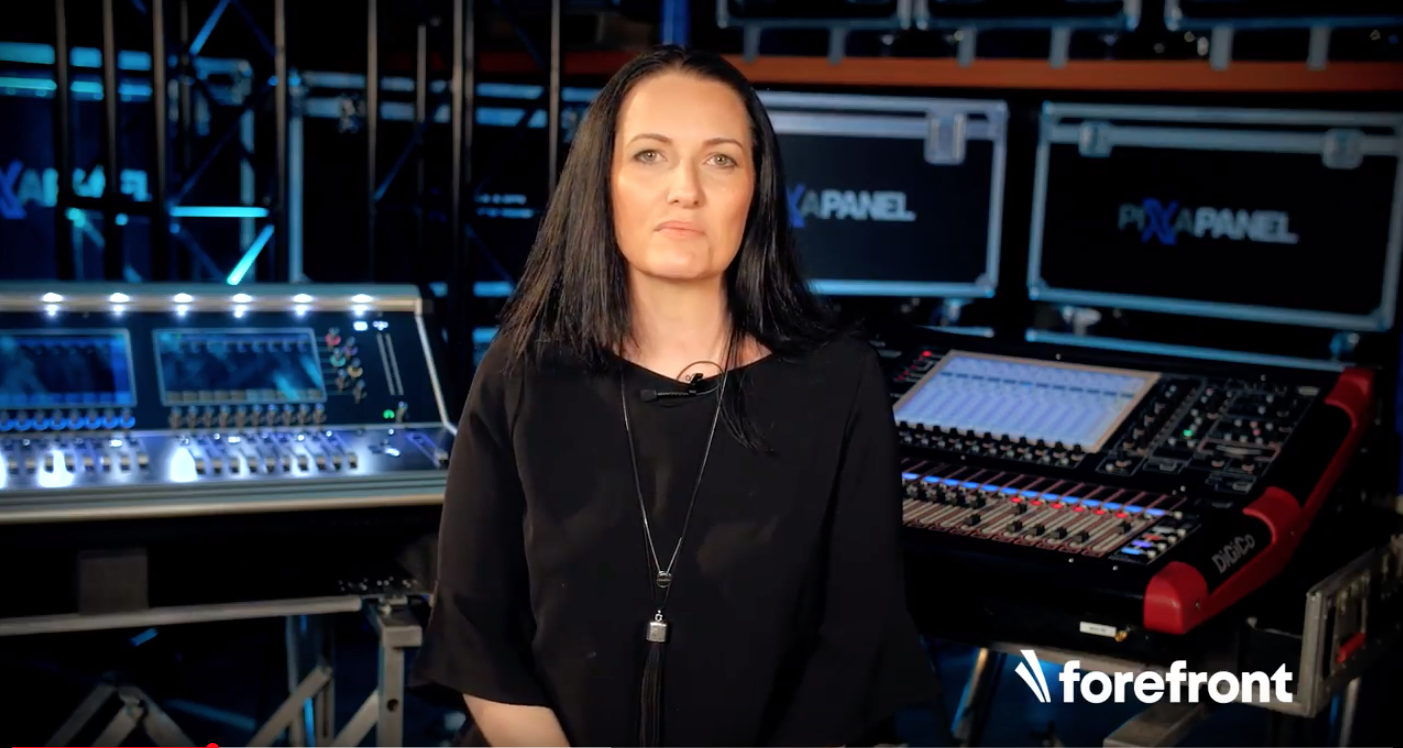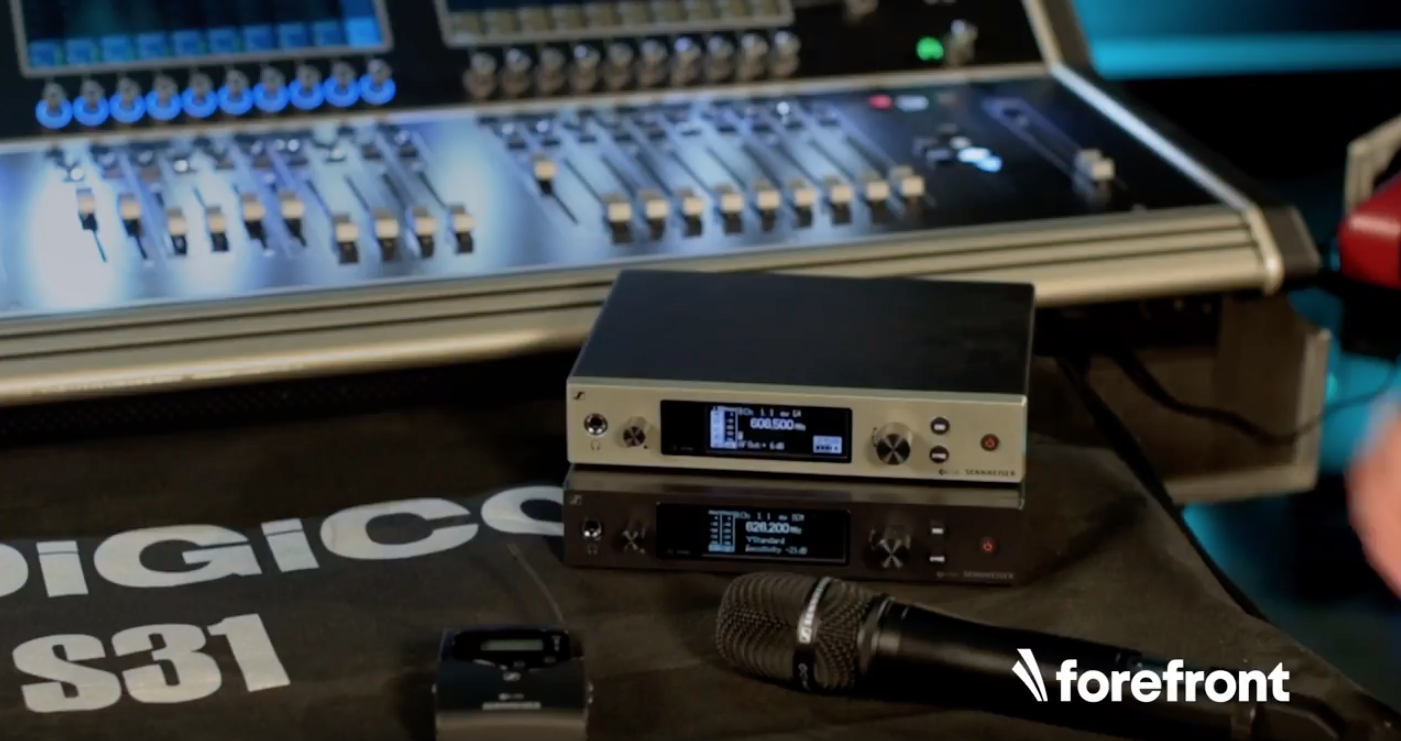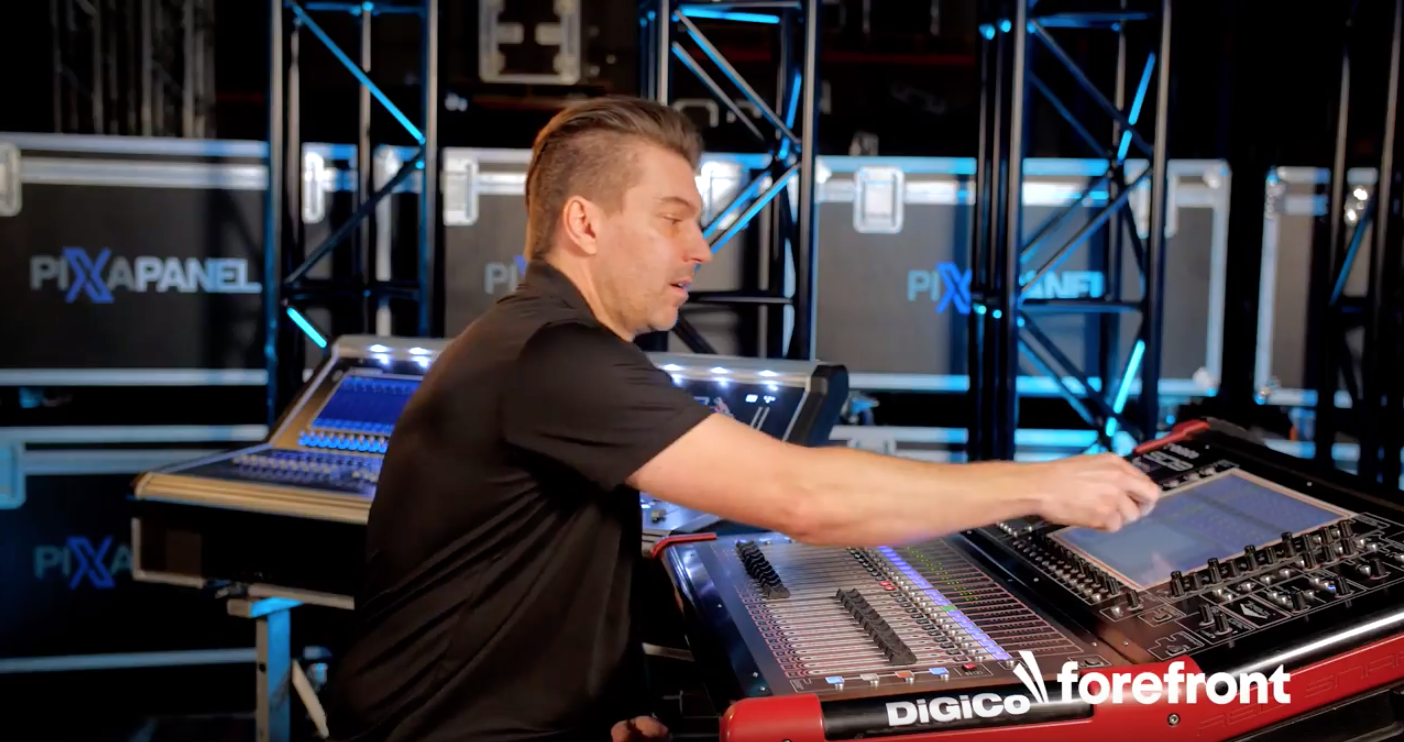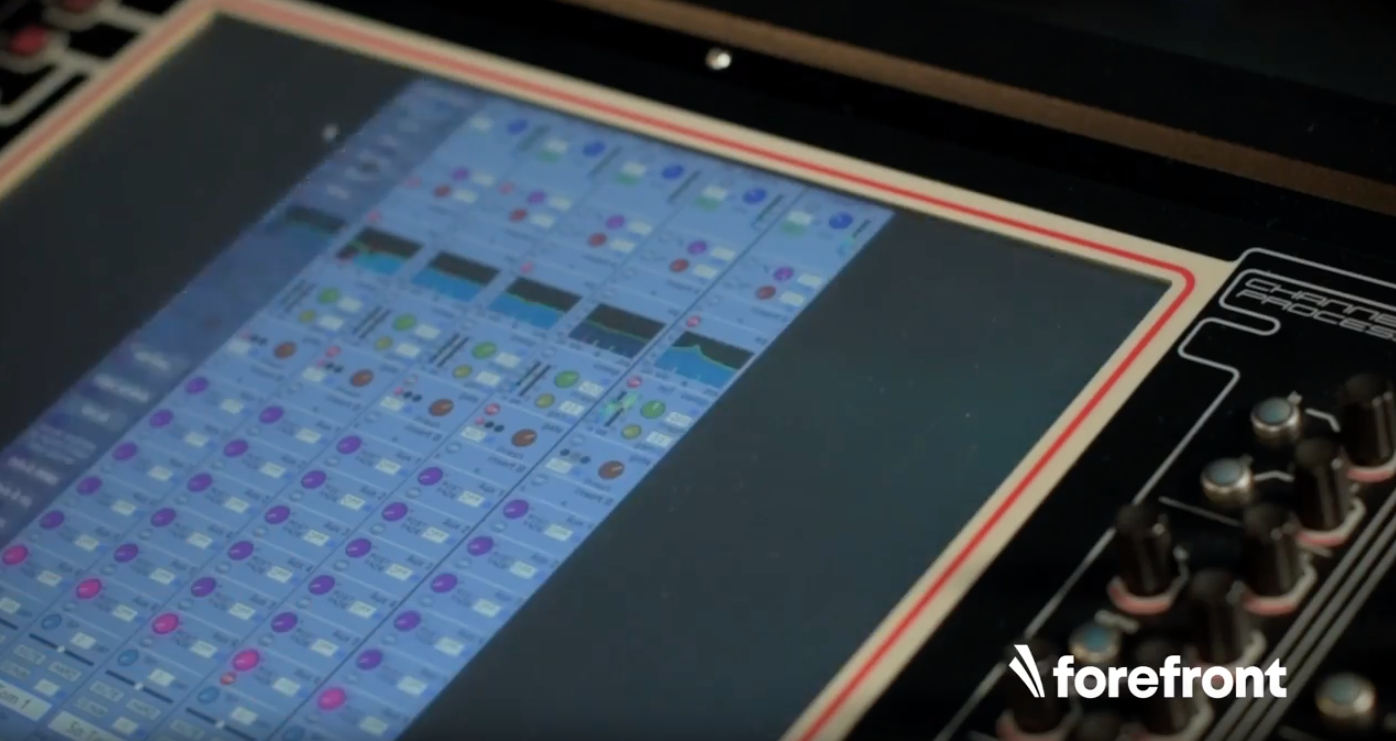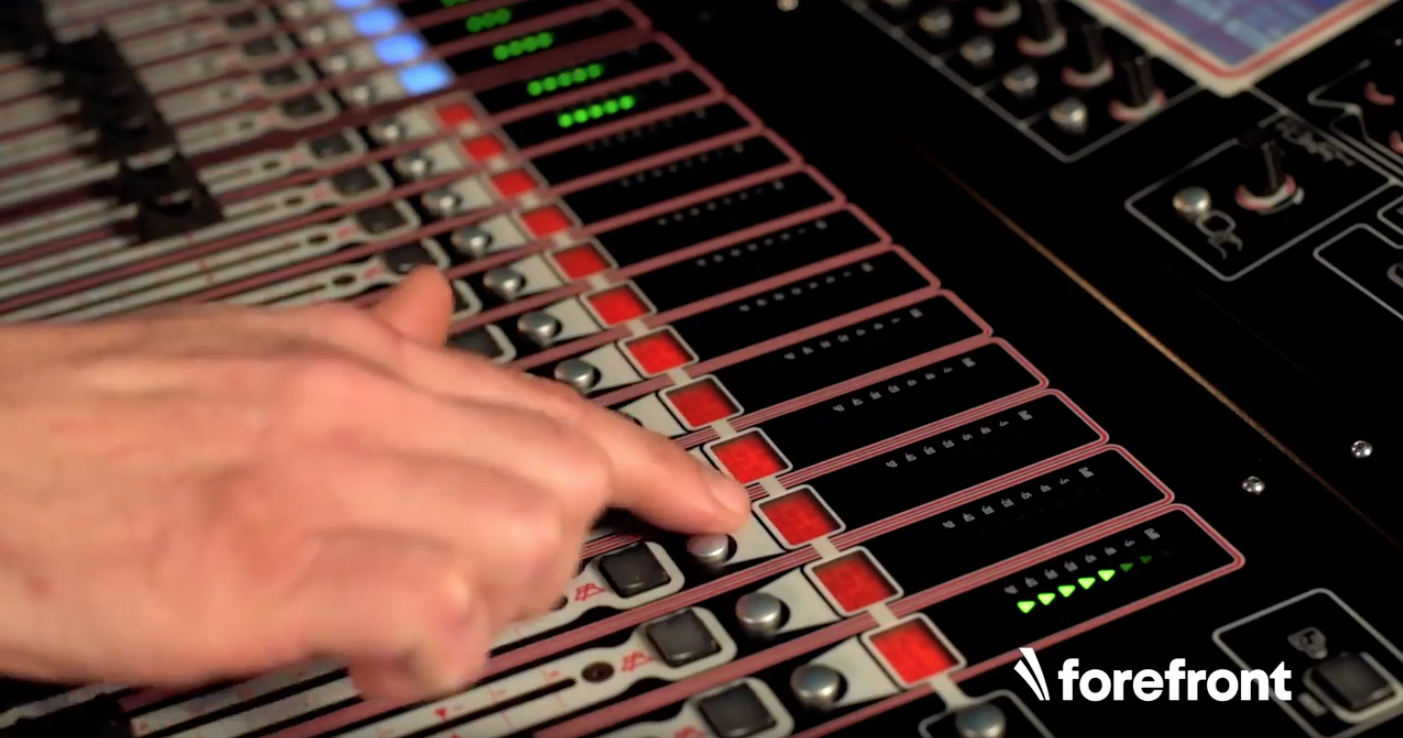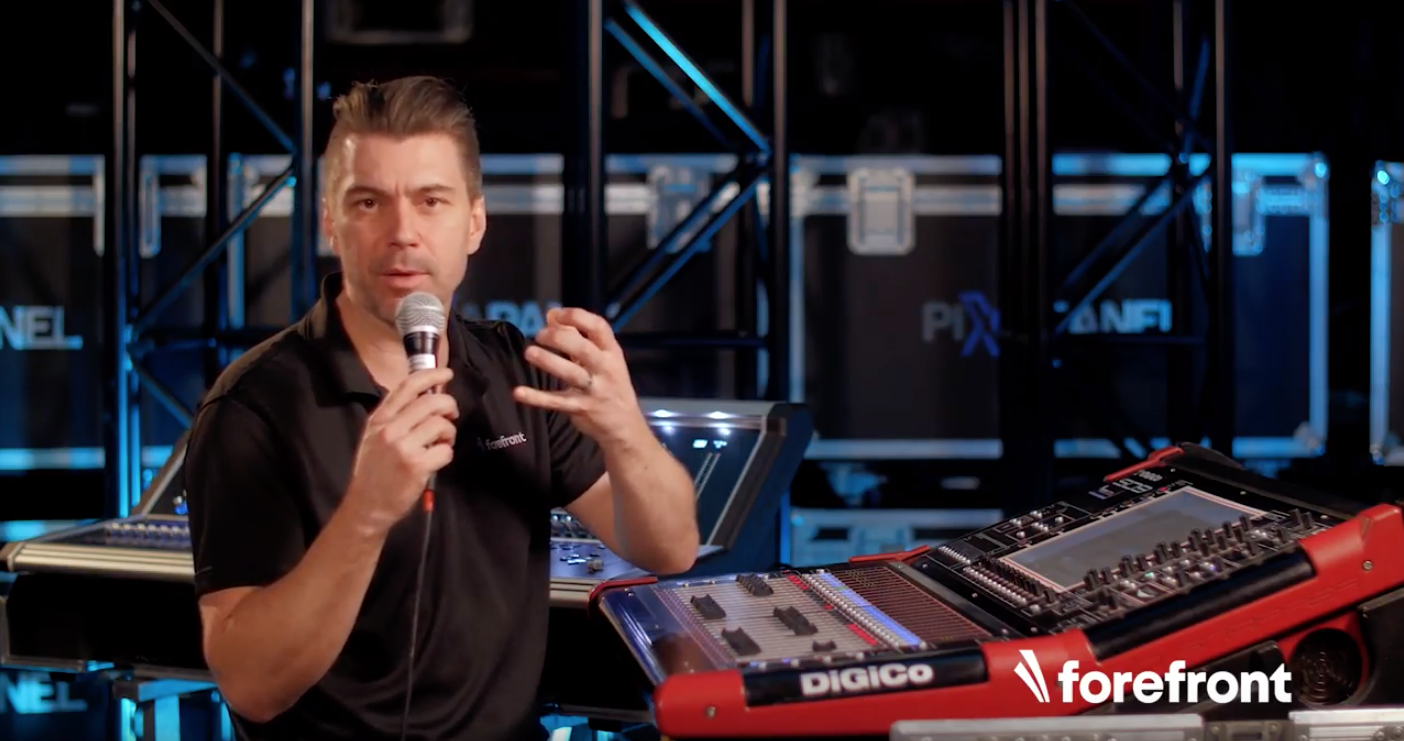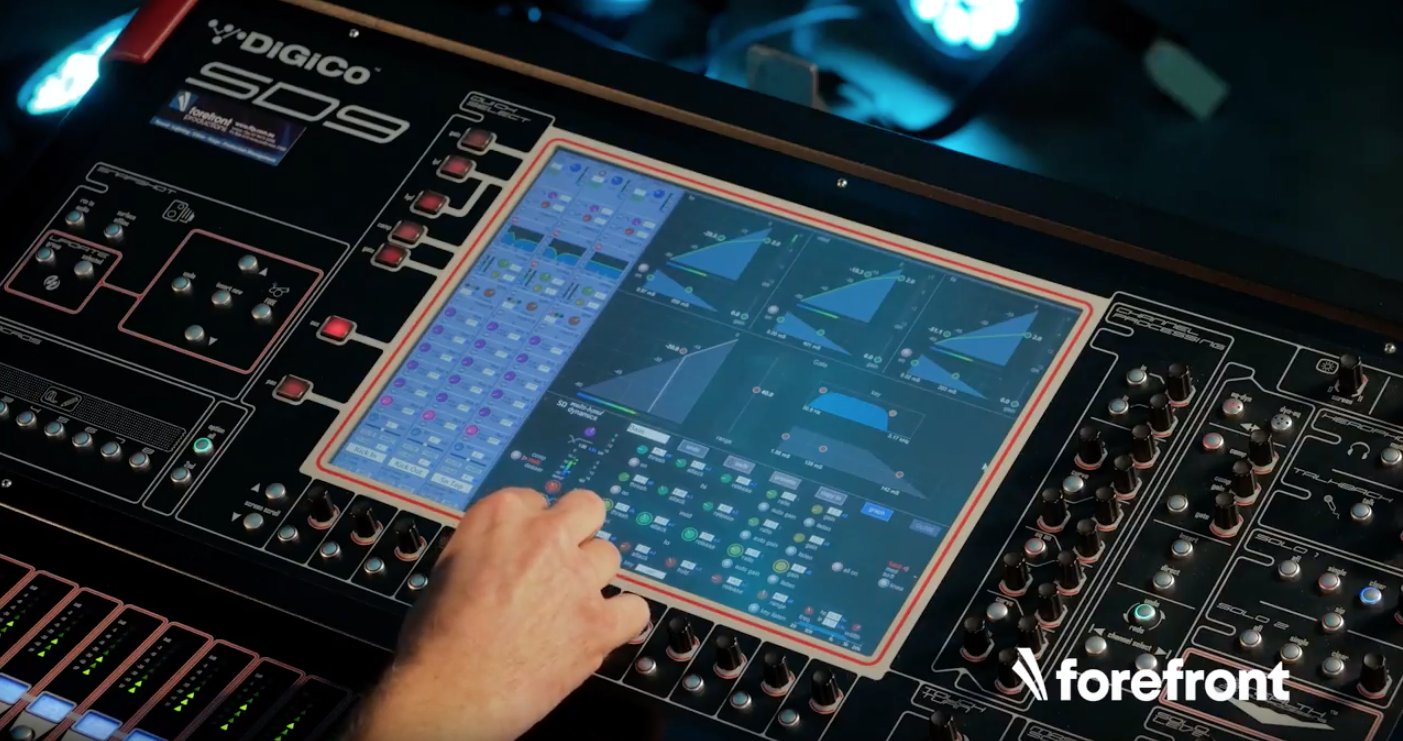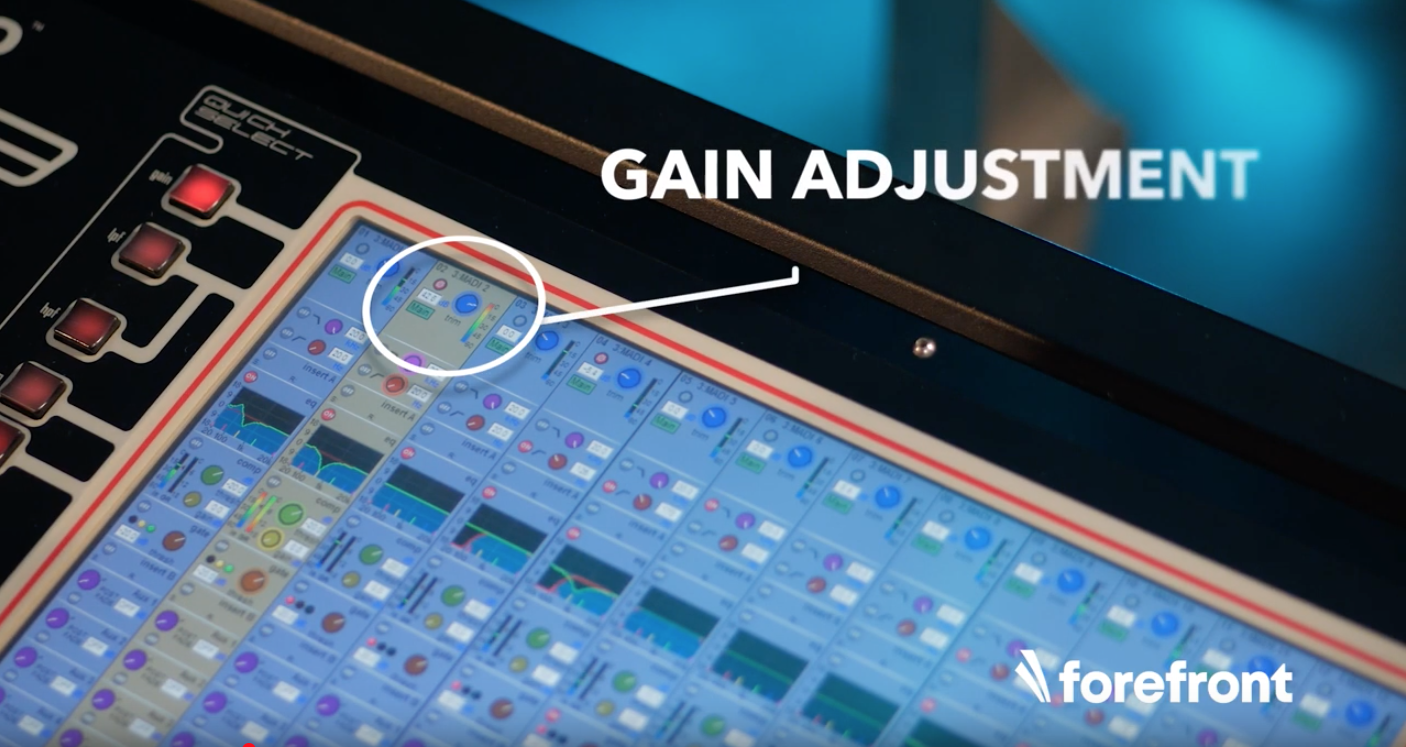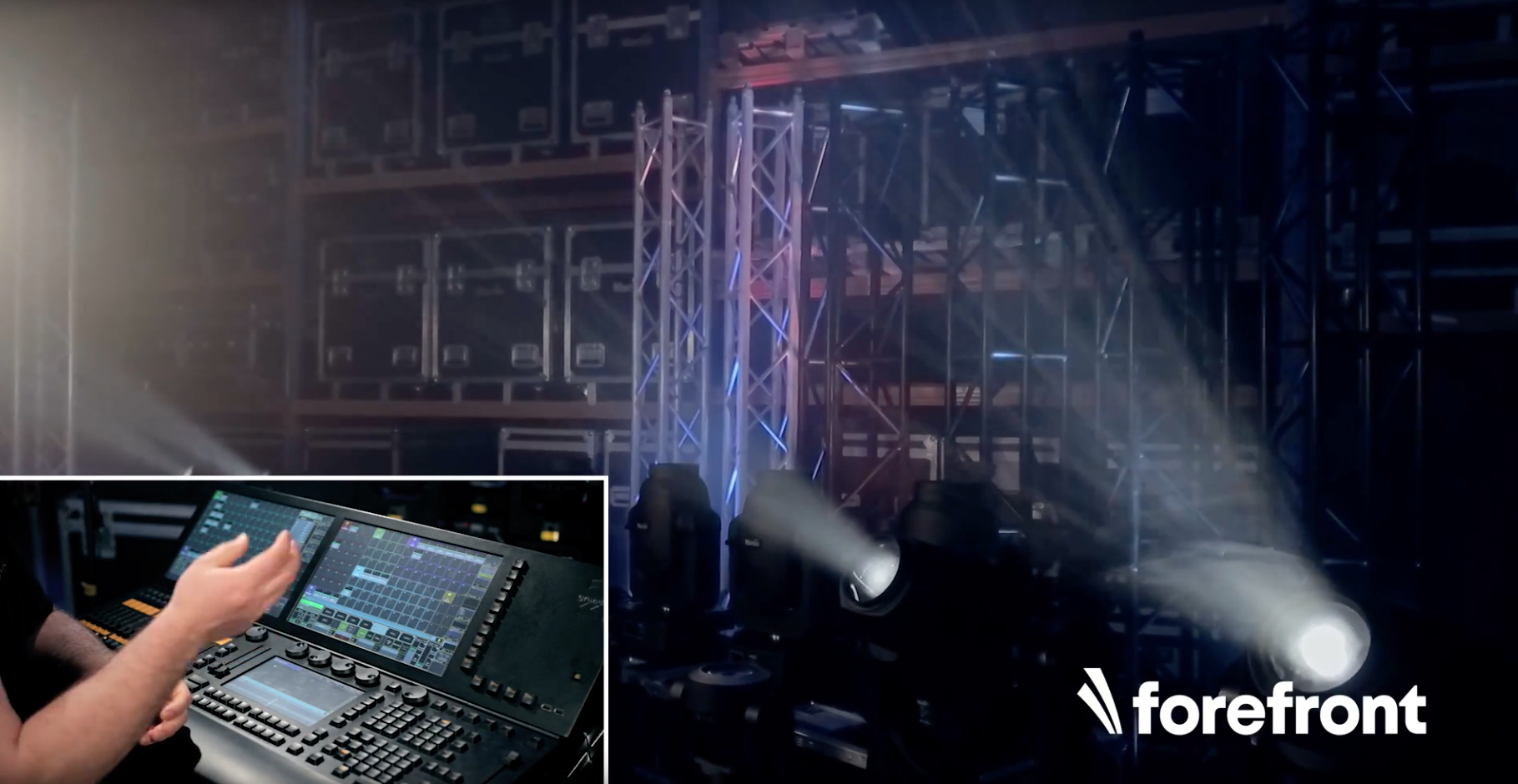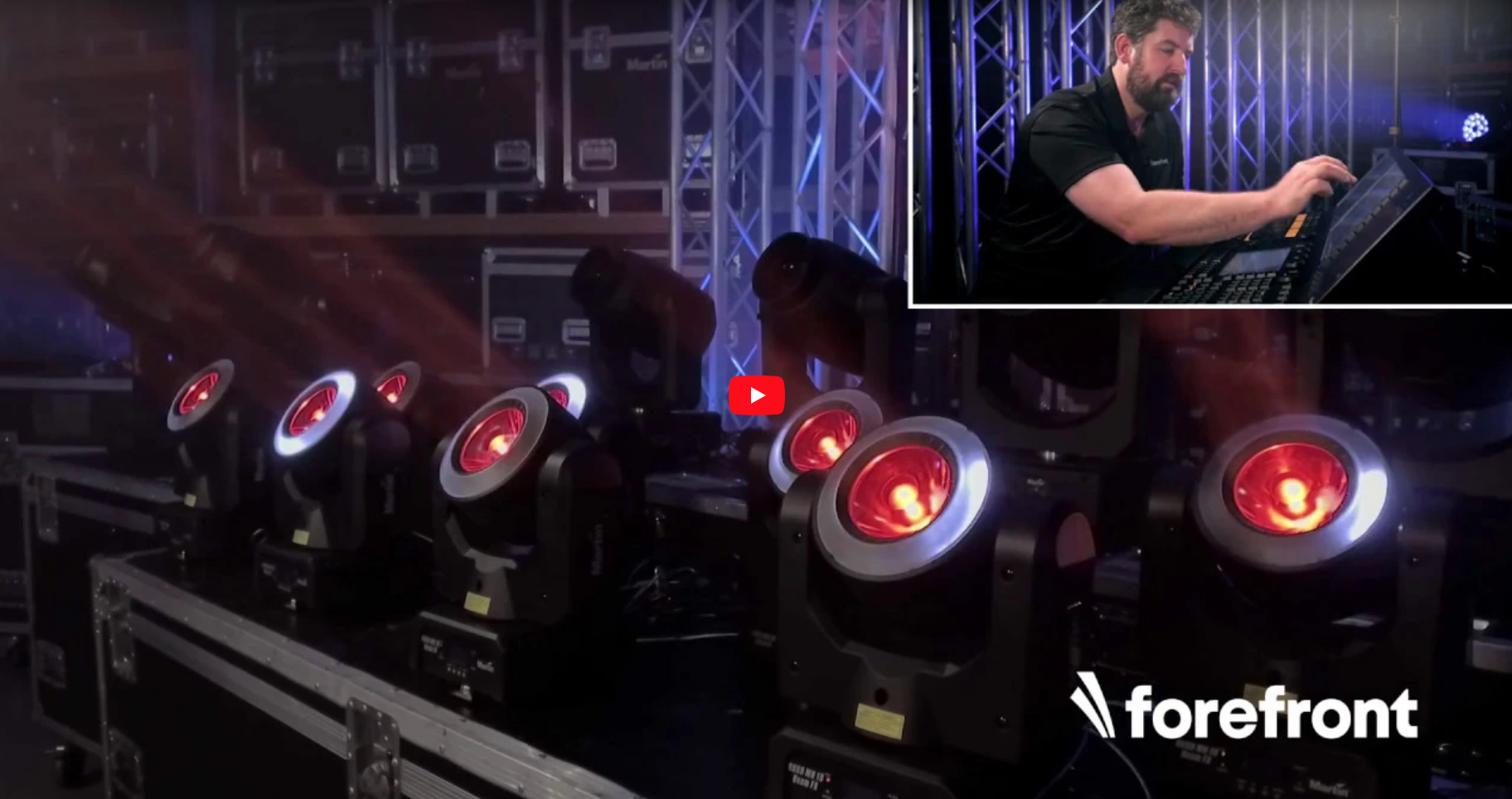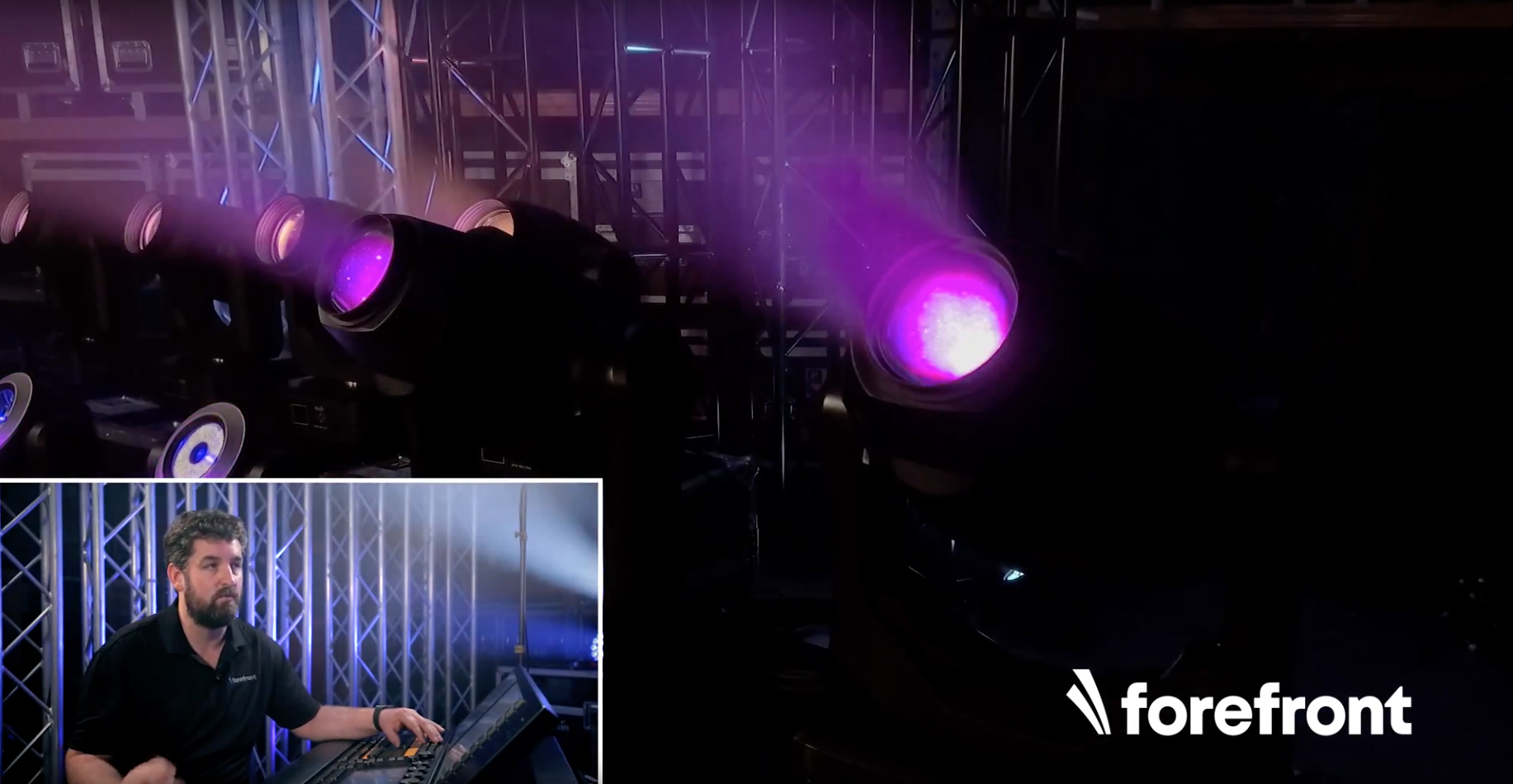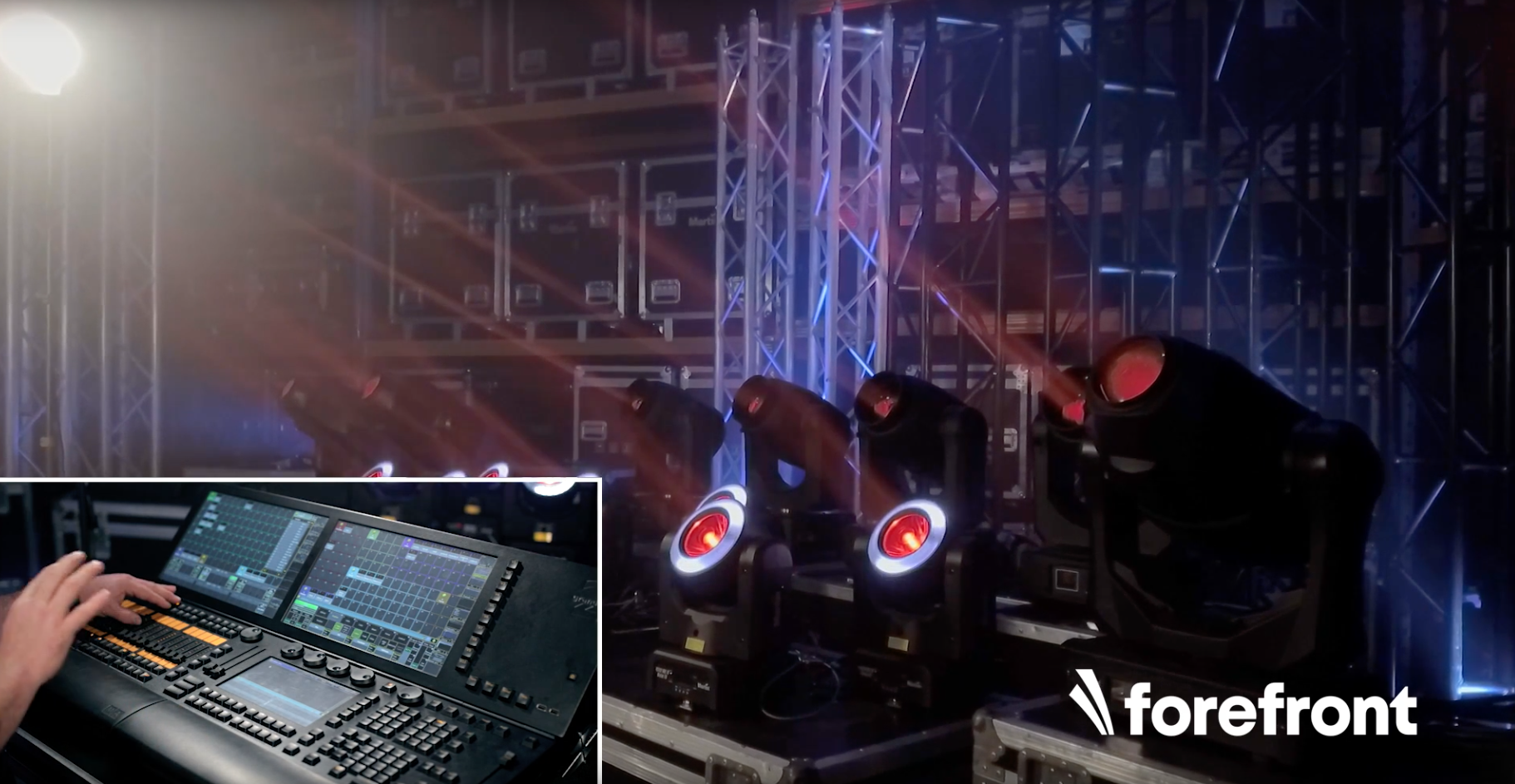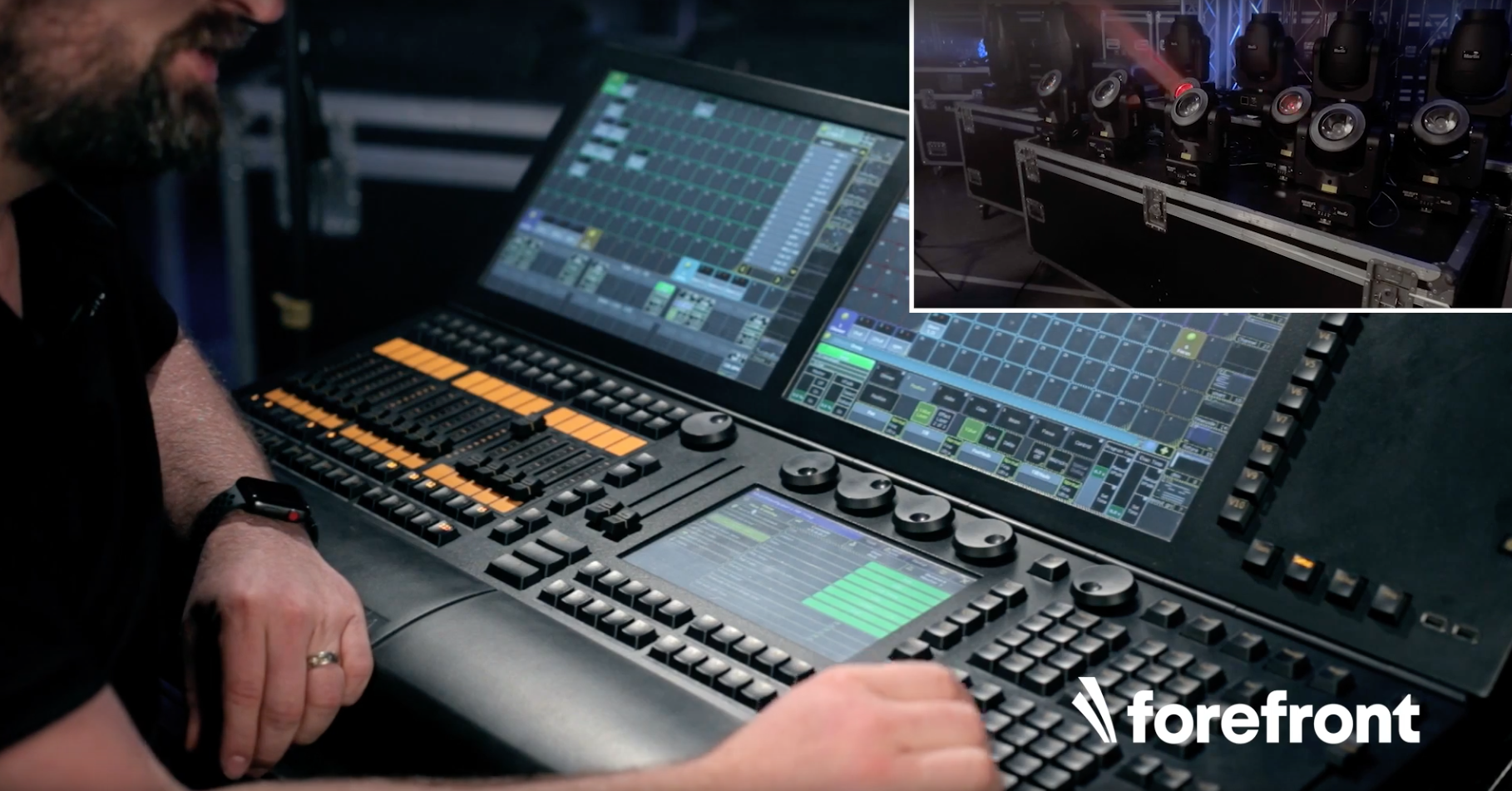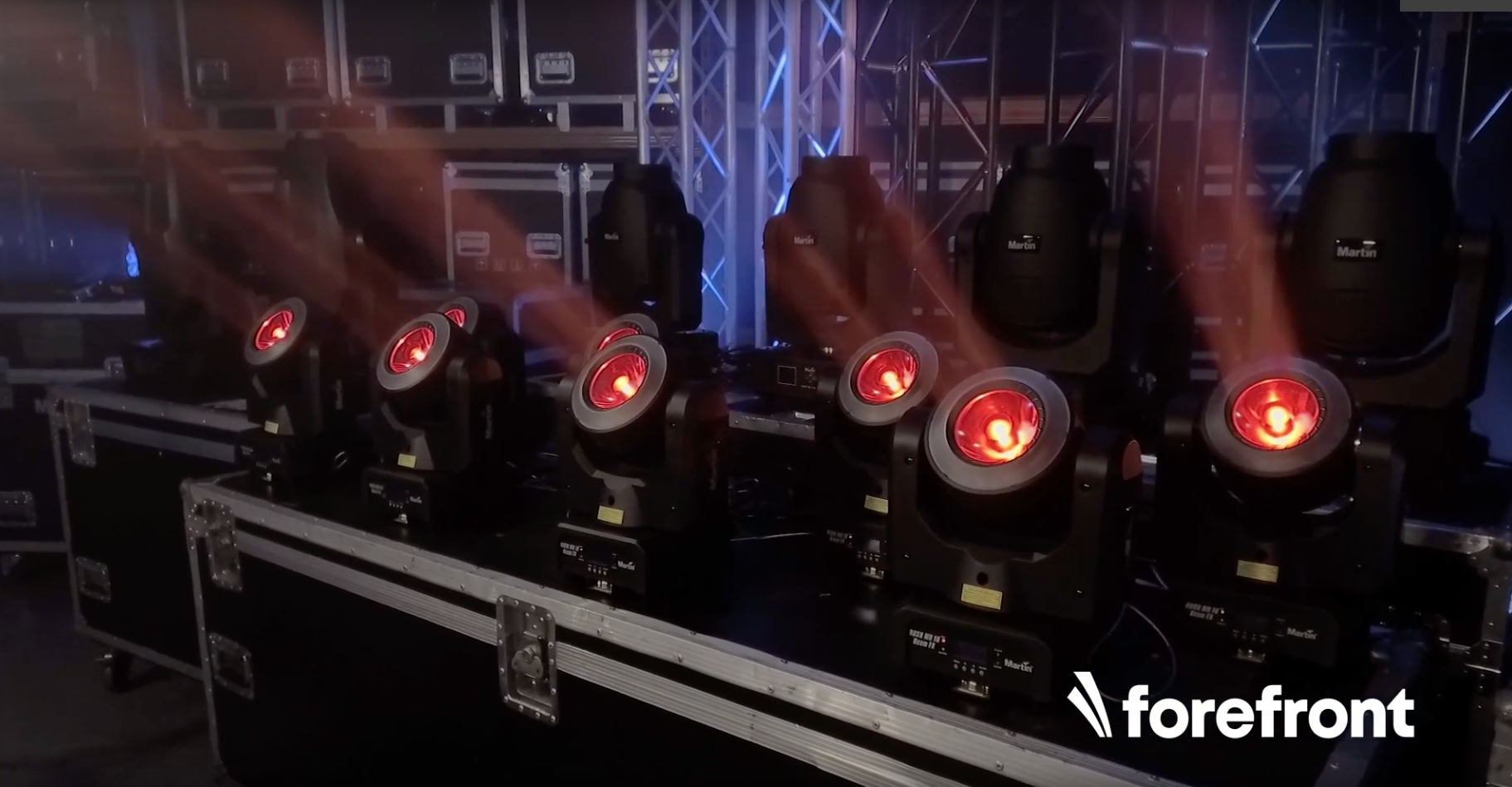COMPRESSION - Tutorial
Today we're looking at compression. If you are using a digital console of almost any sort you find compression as a dynamics option on the input channels and probably on the output channels too.
If you're still using an analogue console, you'll probably have a rack mounted compressor lurking somewhere.
Compression is a very useful tool, but is something that sometime misunderstood so we're going to break it down into simple terms here.
The first thing you need to know about compression is what it does.
Compression reduces the dynamic range of a signal.
For example, let's say you have someone speaking through a microphone at normal intensity, then all of a sudden they decide to yell. Well the normal speaking may have been loud enough through your speaker system, and a massive increase of volume from someone now yelling is just going to be too loud.
That's where our friend to compressor comes in. The compressor allows us to limit the dynamic range and increase of a signal.
Another related tool is the Limiter. We need to explain what a limiter is to better help us understand compression.
A limiter is literally like a solid ceiling that we build that will not let anything past. This means that where ever we set a limiter, it will not let the signal increase in amplitude/level beyond that point.
Threshold is the function that we used to adjust where the limiter will be set in relation to the signal we are working with. If we set the threshold quite low, the limiter will begin working at lower levels. If we set the threshold quite high, the limiter won't work until levels are quite high. So the threshold is what we use to determine as to when the limiter will kick in.
Now you've imagined that a limiter is like a solid ceiling that will not let anything past. Well compression is more like an elastic ceiling that keeps things under control instead of punching all the way through - and with a function called Ratio, you get to determine how hard or how soft the elastic is.
You might imagine that a limiter can sound quite unnatural when a listener is expecting a signal to increase in volume, but it doesn't. Compression however, allows us to control how much increase we allow - and ratio is primarily how we do it.
At a ratio of 1:1 whatever signal hits the threshold will be allowed to completely pass through un affected - essentially the compressor is off. At a ratio of 2:1, for every increase of 2dB in signal hitting the threshold, only 1dB of increase will be allowed to pass through. At a ratio of 6:1, for every increase of 6dB in signal hitting the threshold, only 1dB of increase will be allowed to pass through.
So Compression is a crucial tool that we use to create a great mix. Hope this helps.

